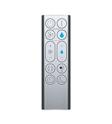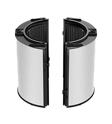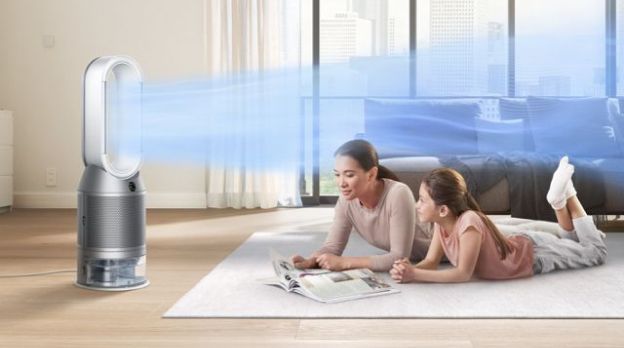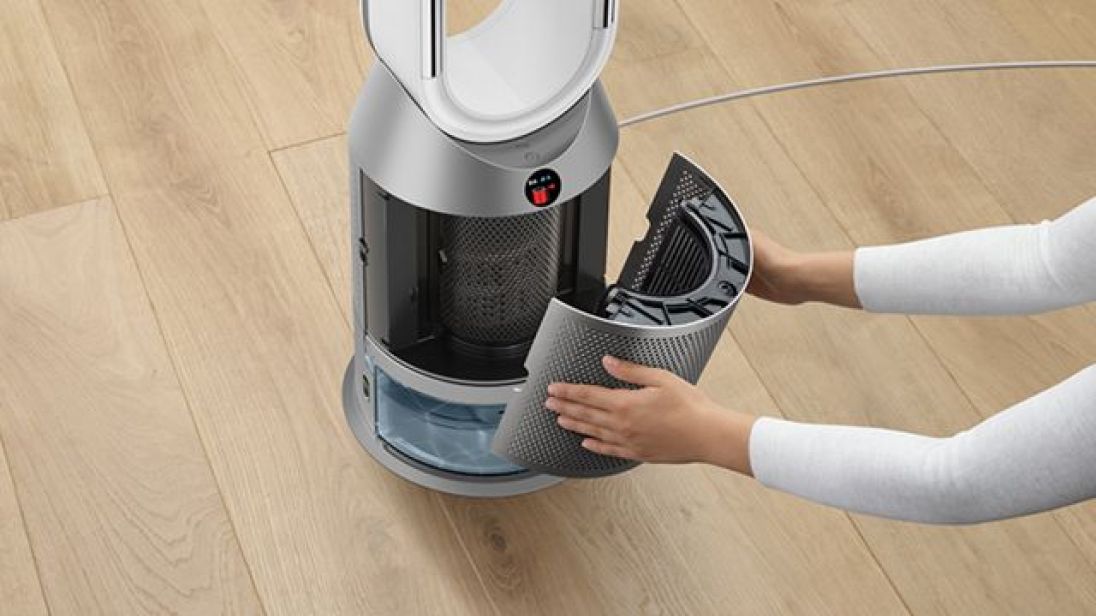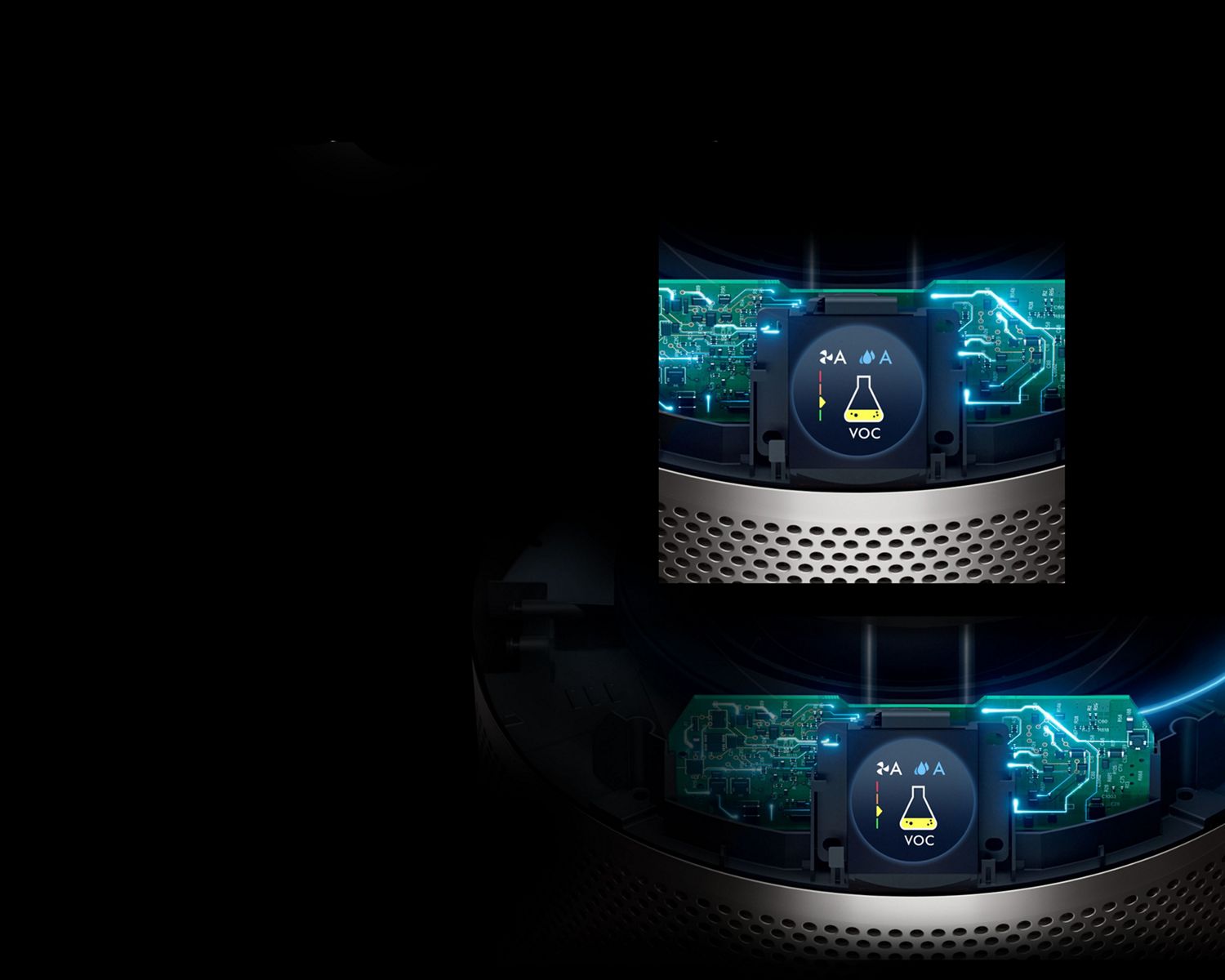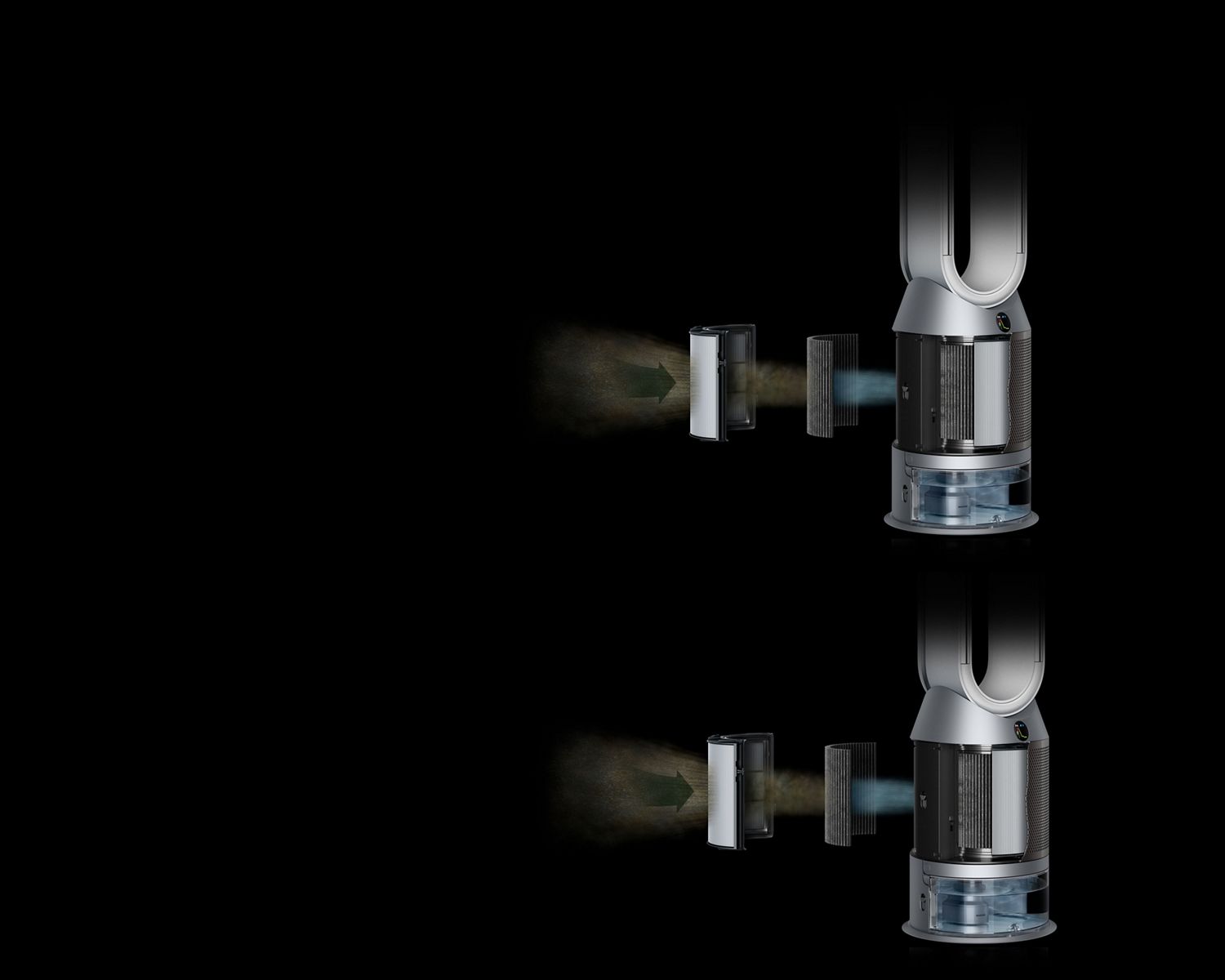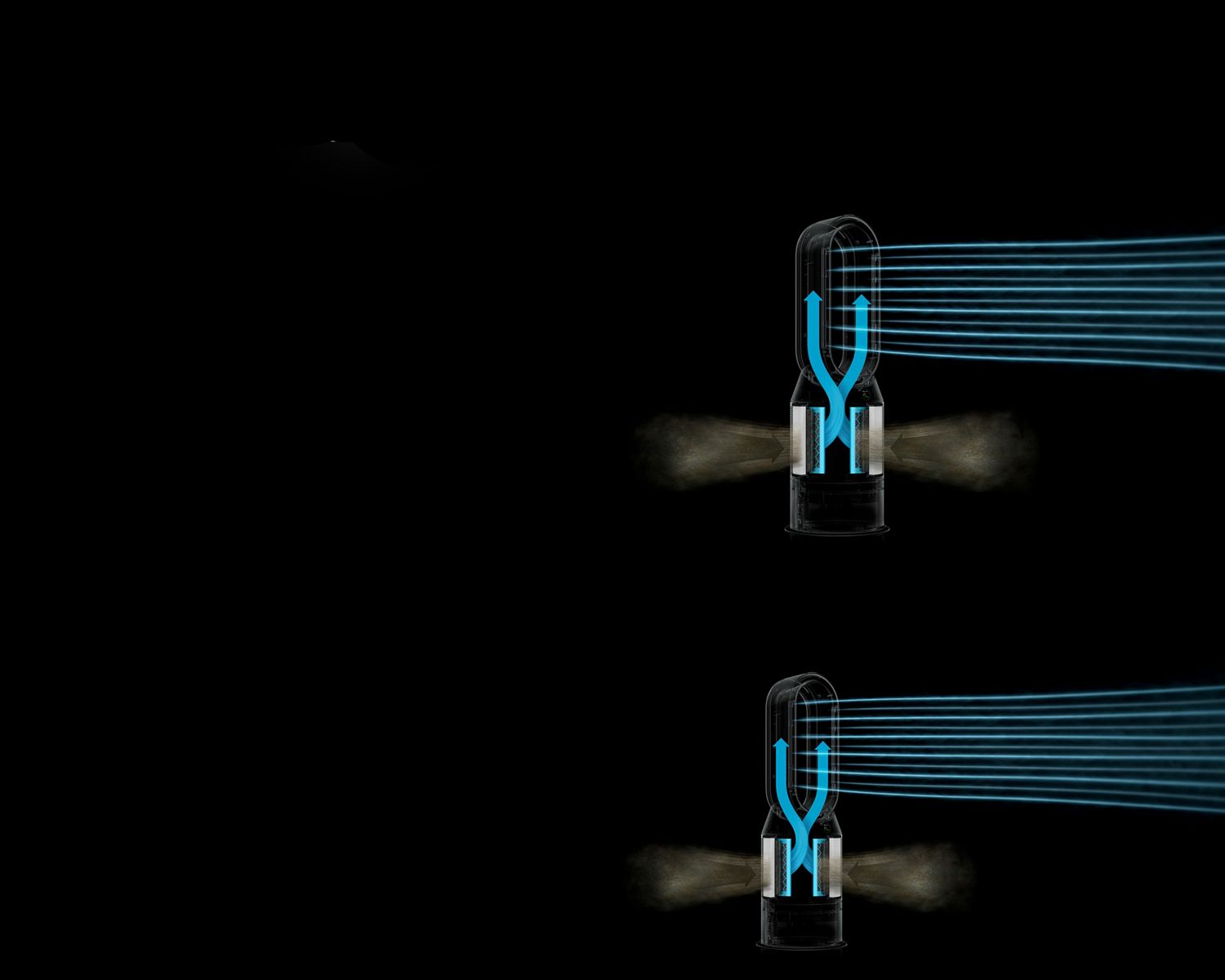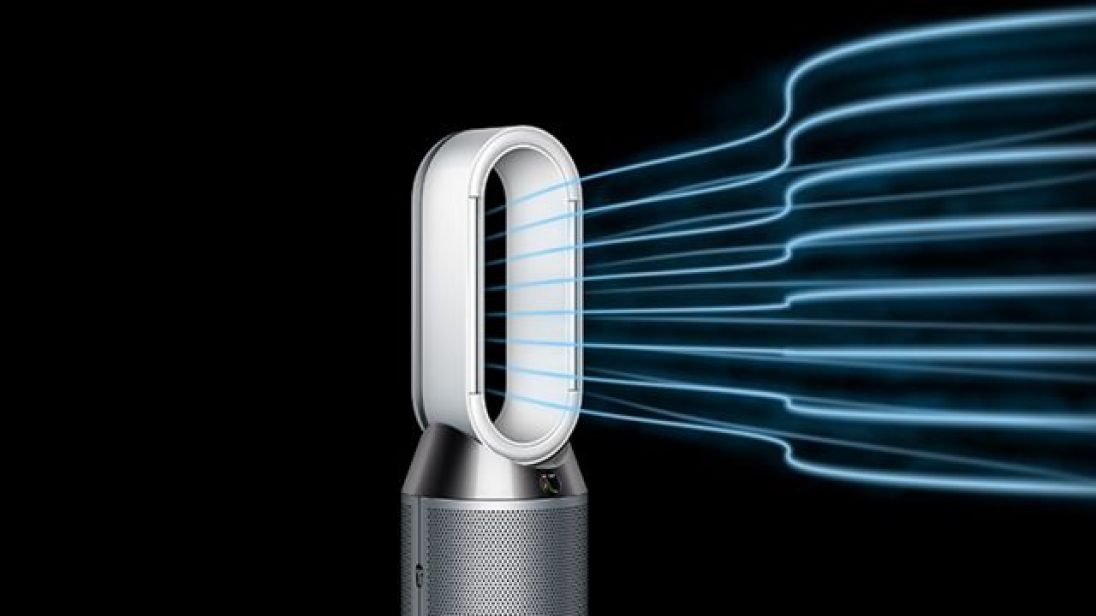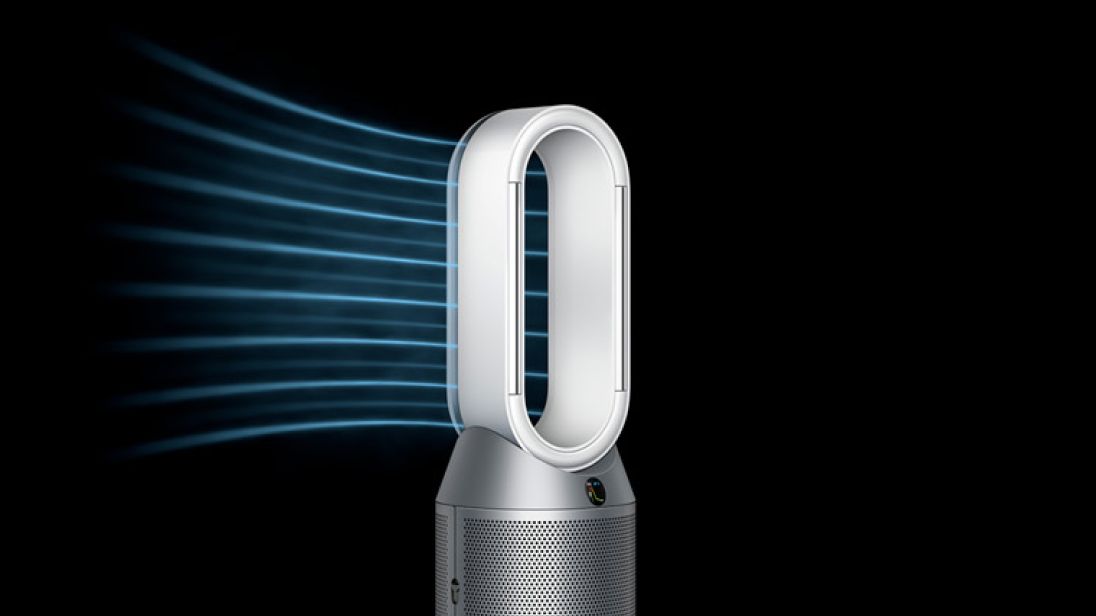

Dyson Purifier Humidify+Cool PH03 (White/Silver)
Purifies the entire room.¹ Hygienically humidify.² Cools you. Remote control.
Canada’s #1 Most Trusted Air Purifier brand**
Free Shipping
2-year warranty
Reviews powered by Bazaarvoice
Dyson Purifier Humidify+Cool PH03 (White/Silver)
Overall rating
In the box
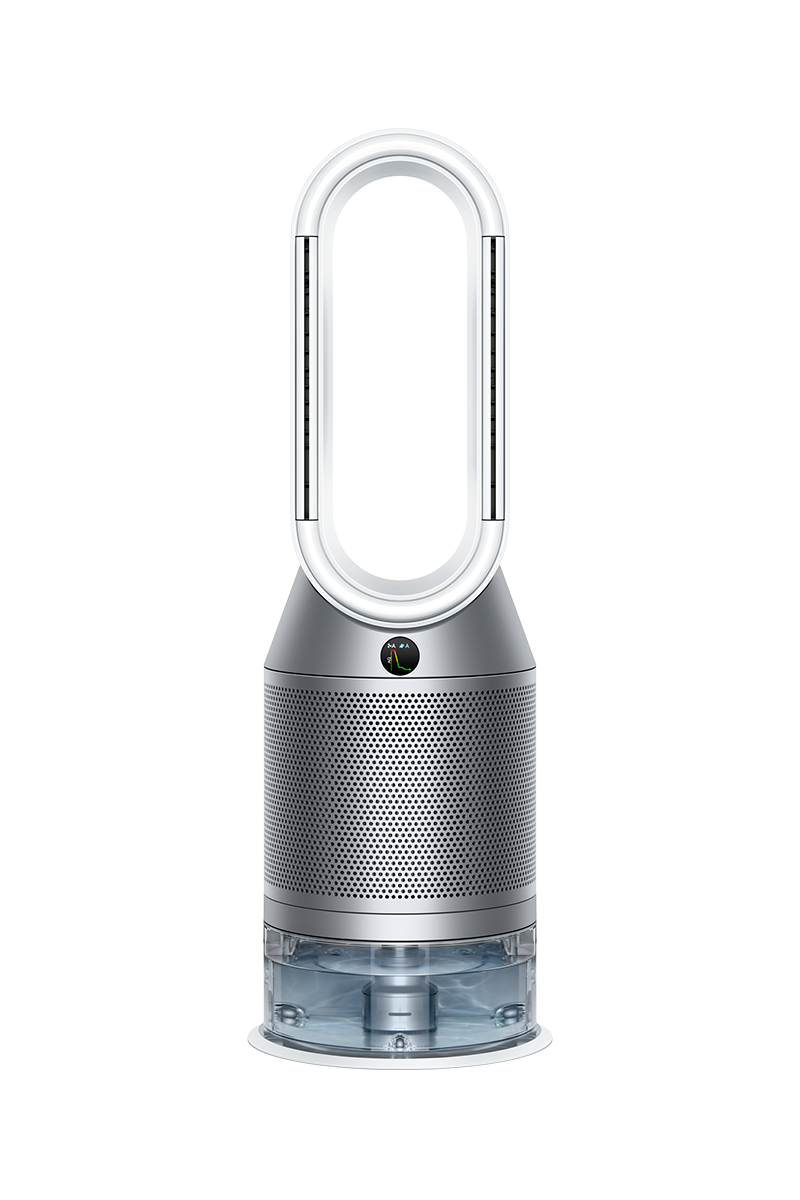
Dyson Purifier Humidify+Cool PH03 (White/Silver)
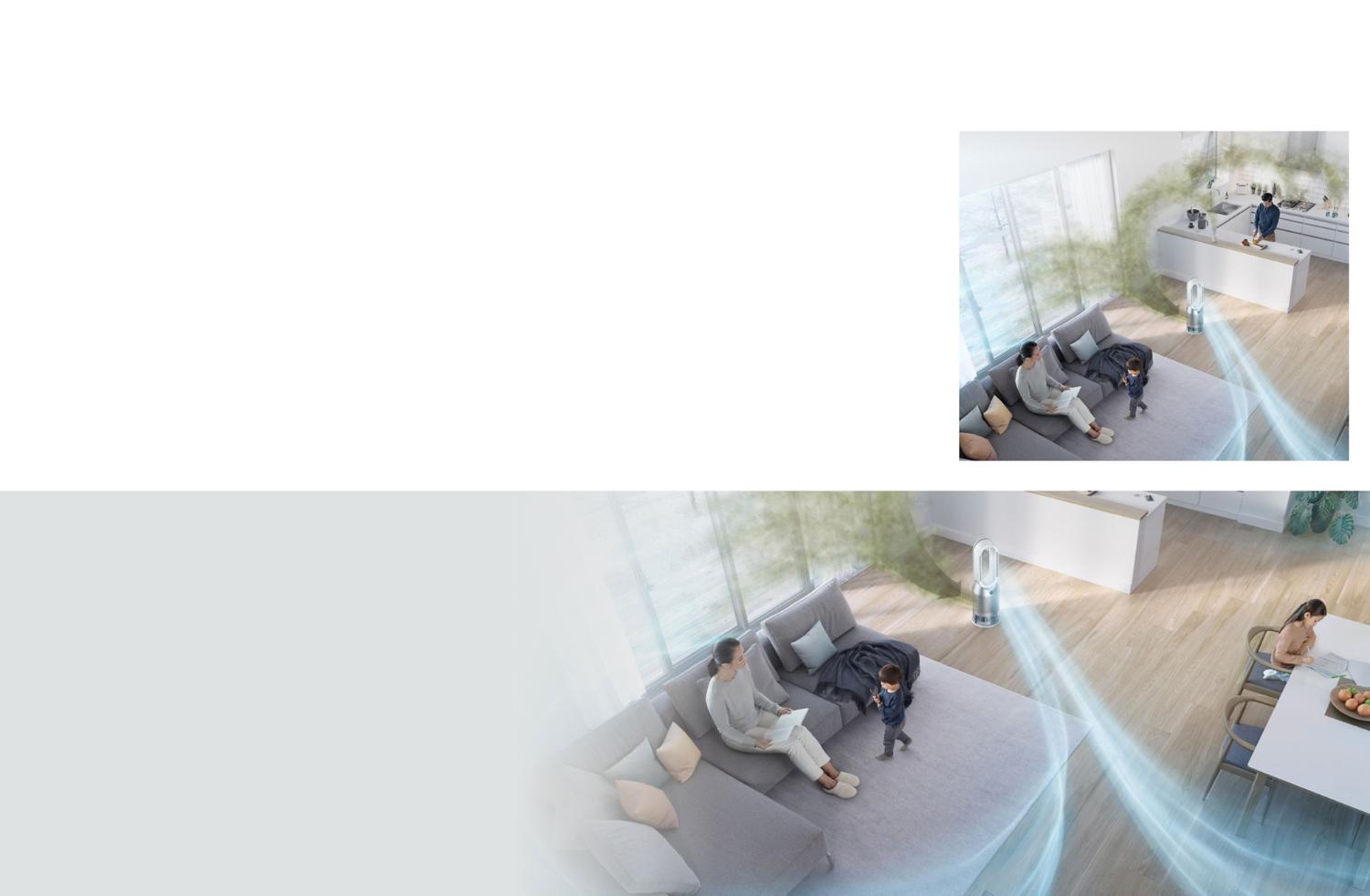
Machine highlights
-
Circulates purified humidified air and cools
Dyson Air Multiplier™ technology circulates purified and humidified air throughout the room,⁷ and cools you in warmer weather.
-
Night mode and Sleep timer
Purifies using its quietest settings and a dimmed display. Sleep timer enables pre-set intervals of use, between 15 minutes and 9 hours.
-
Continuous hygienic humidification
An efficient water management system and a one gallon tank give you up to 36 hours of hygienic humidification without regular refilling.
-
Simple filter changes
Quick and easy filter changes. With automatic reminders on the LCD screen.
Discover the pioneering technology inside
10 airflow speeds with Breeze and Diffused modes
-
Breeze mode
Unique algorithms vary the airflow to mimic a cooling, refreshing breeze.
-
Diffused mode
Diverts airflow through the back of the machine. To purify and humidify, without cooling you.
Frequently asked questions
We've re-engineered our latest purifier humidifier to be fully sealed to HEPA H13 standard.³ With a hassle-free Deep clean cycle that eliminates mineral build-up throughout your machine's water system.
Are Dyson purifier humidifiers good for your skin?
Through robust scientific testing, we found that humidified air from the Dyson Purifier Humidify+Cool range results in higher skin hydration over a three-hour period compared to dry air, particularly if the skin was previously exposed to dry environmental conditions. So we can confidently say that they help keep your skin hydrated.⁶
How do Dyson purifier humidifiers benefit your skin?
The Dyson Purifier Humidify+Cool range automatically maintains the target level of moisture in the air and in Auto mode, scans the air for the signs of dryness, kickstarting the machine to humidify the air only when needed. Using Dyson Ultraviolet Cleanse technology, every drop of water is further exposed to a powerful 275nm UV light that allows for only cleansed water to rehydrate the purified air back into the room.
Where should I place the purifier humidifier in my room?
Your Dyson Purifier Humidify+Cool is engineered to purify and humidify the whole room, so you should use it where you spend the majority of your time at home. When placing the machine, make sure there's at least a few feet of clearance on all sides, so the air can circulate effectively. Close doors and windows and place away from air vents.
Can I switch off humidification?
Yes, the machine works as a purifier humidifier, or just as a purifying fan.
How often should I run a Deep clean cycle?
This depends on the water hardness where you live. The machine prompts you to run the cycle once a month in hard water areas. It prompts you less often in softer water areas. Running a Deep clean cycle helps to eliminate odours that occur through poor maintenance.
¹ Tested for purification coverage in an 2860ft³ chamber. Tested for humidification coverage in a 1447ft³ chamber.
² Gas capture rates vary.
³ Tested to DTM-004533. Tested to DTM-004532.
⁴ Requires device to run app, Wi-Fi or mobile data, Bluetooth 4.0 support, and iOS version 10 or Android version 5 (or above). Standard data and messaging rates may apply.
⁵ Based on fan speed 1.
⁶Tested by a third-party laboratory. During use, compared to dry ambient air.
* Dyson purifiers were challenged with airborne influenza A (H1N1 virus), MS2 bacteriophage at an independent lab, using a 30 m3 chamber. After 60 minutes at maximum fan speed, the airborne concentration in the chamber was reduced up to 99.9 %. Real-life efficacy may vary.
**Voted most trusted Air Purifier brand by Canadian shoppers based on the 2025 BrandSpark® Canadian Trust Study.

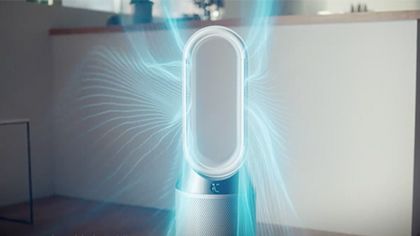
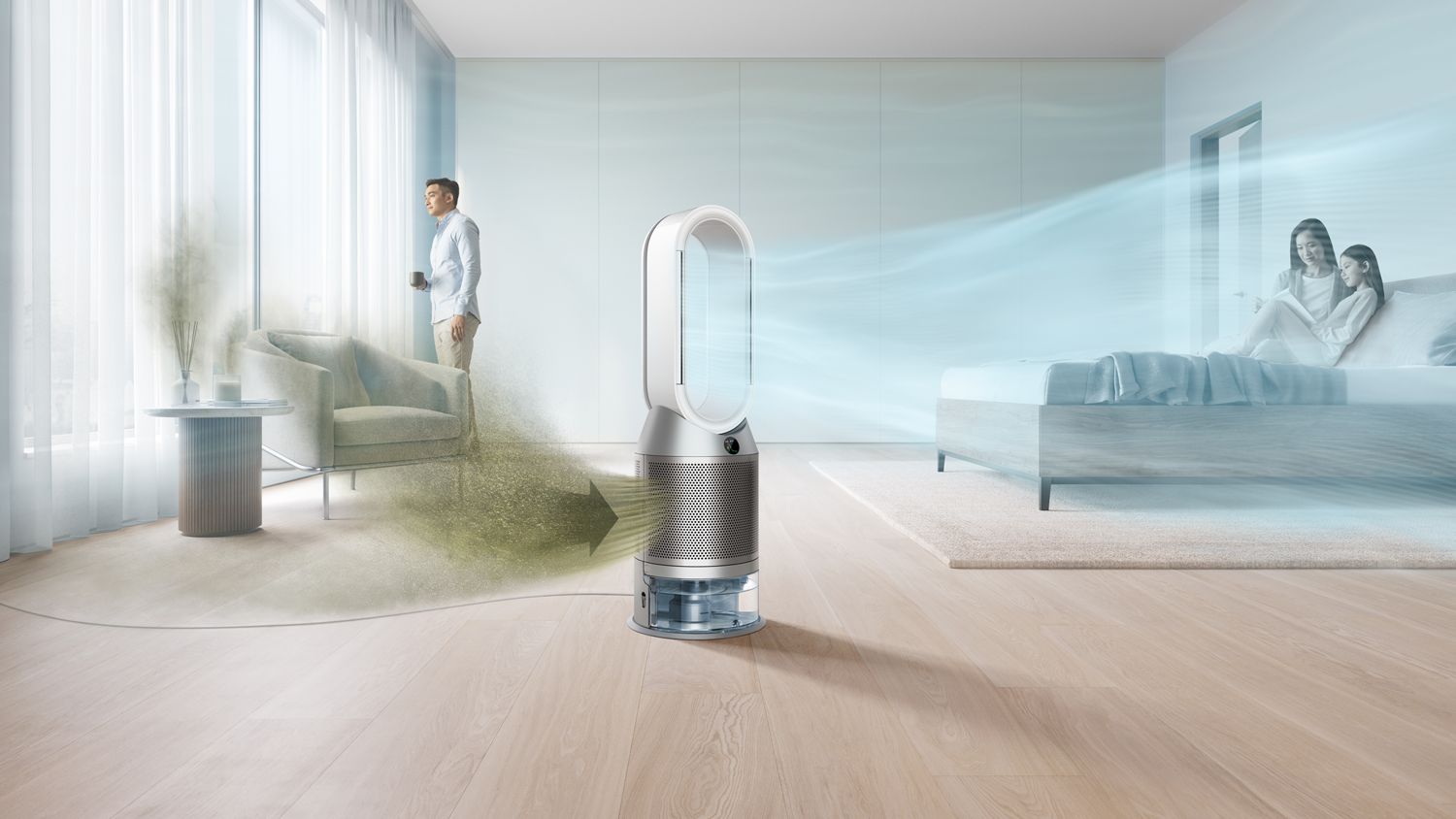
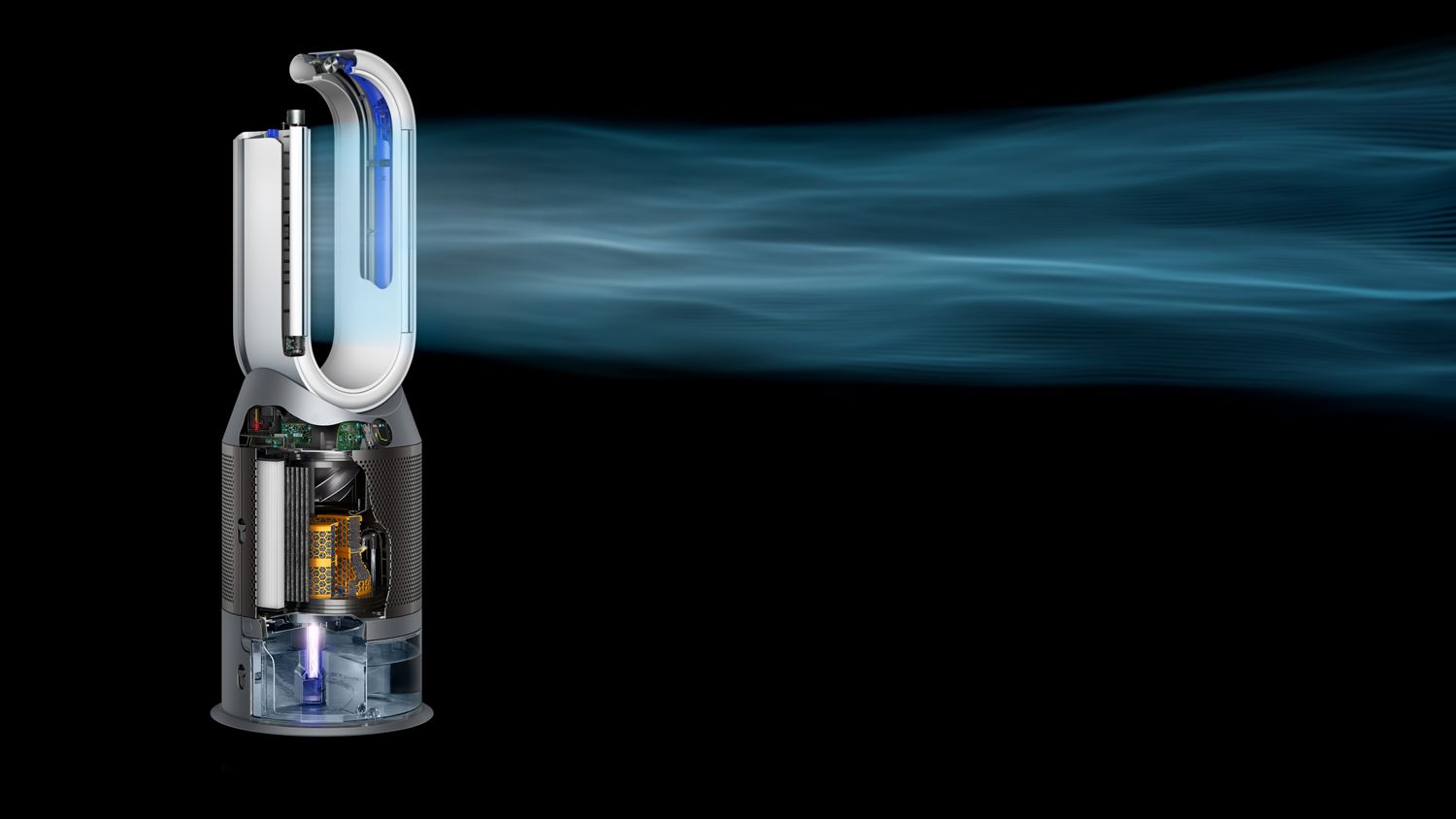

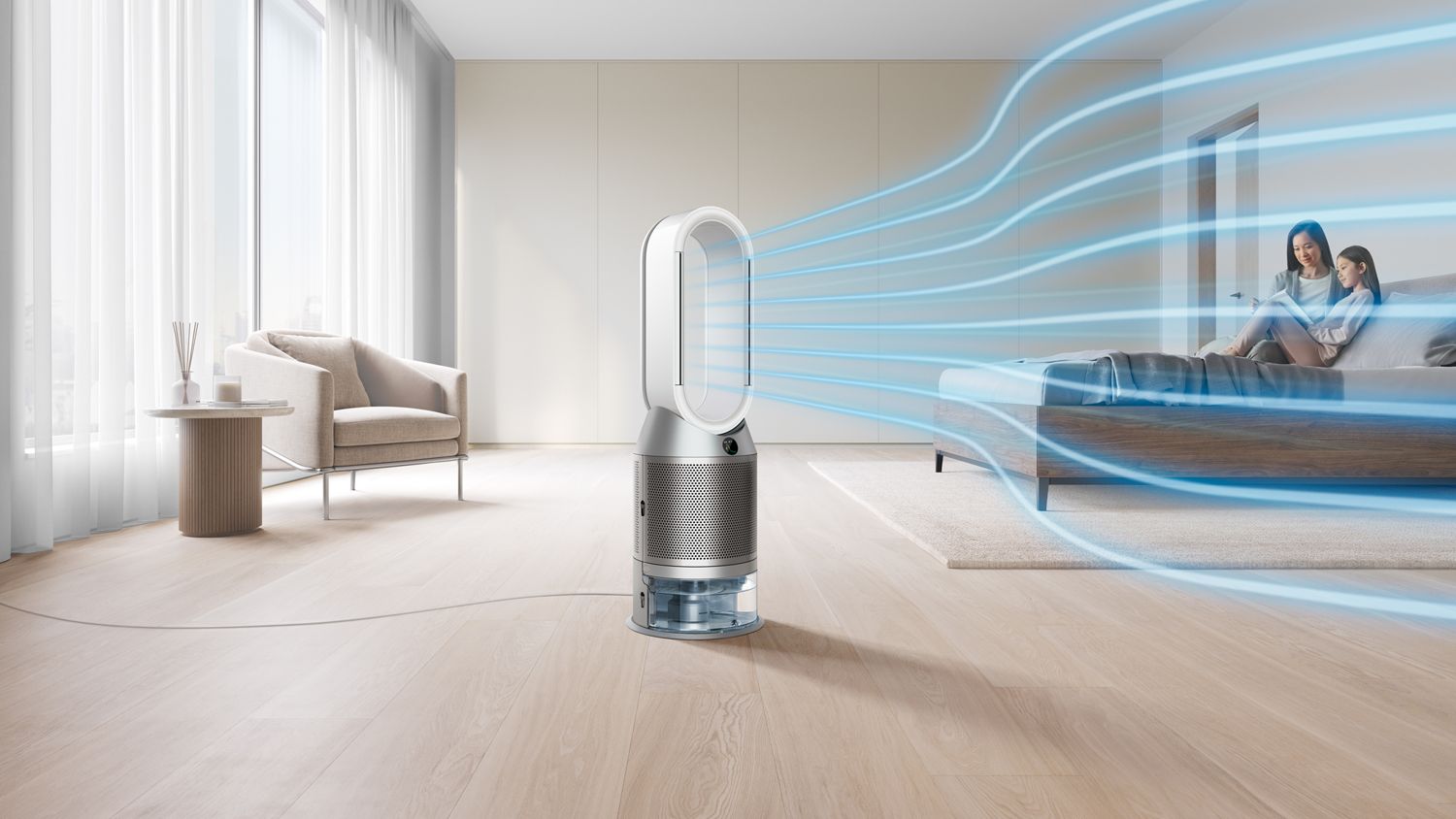
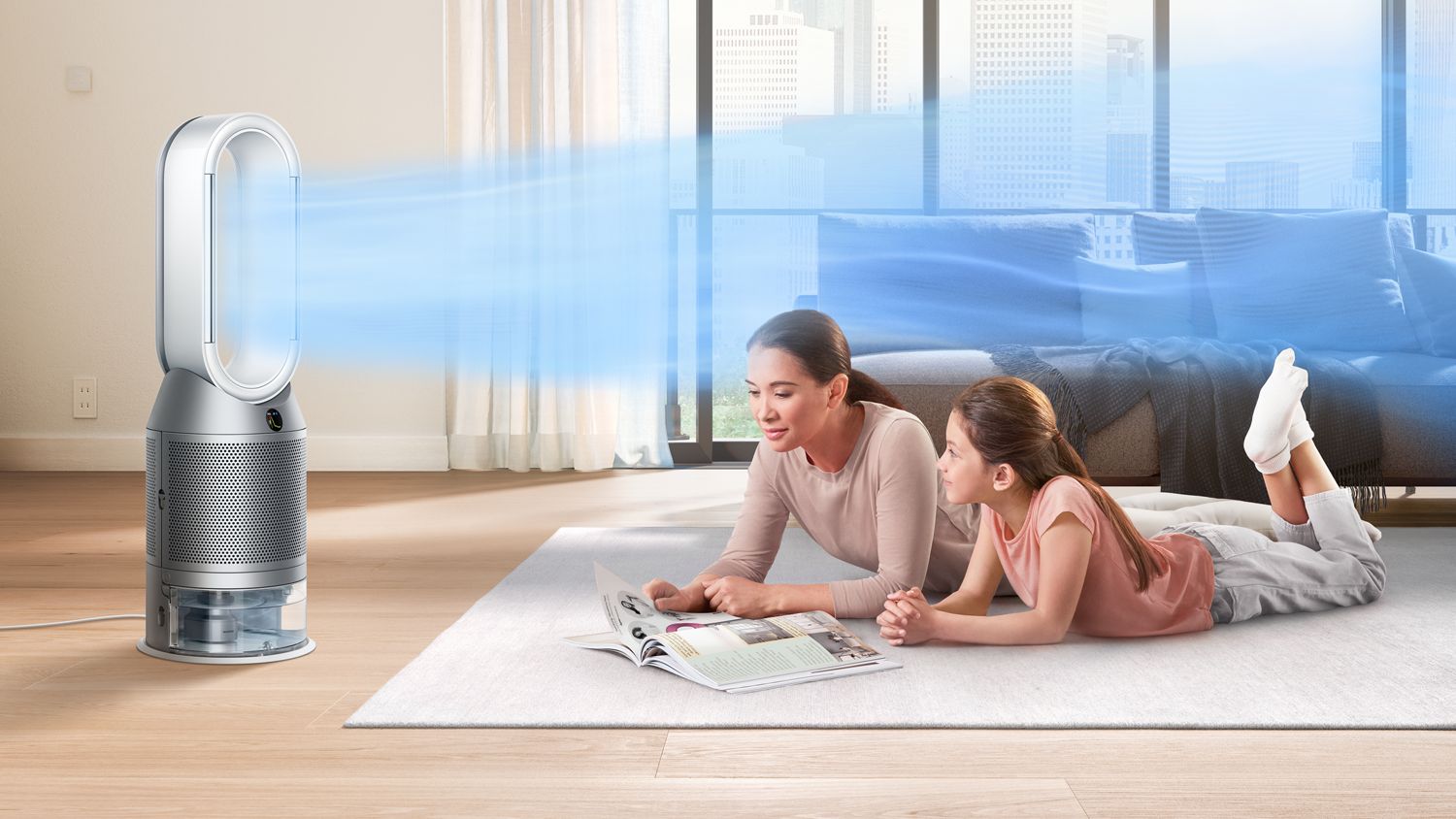
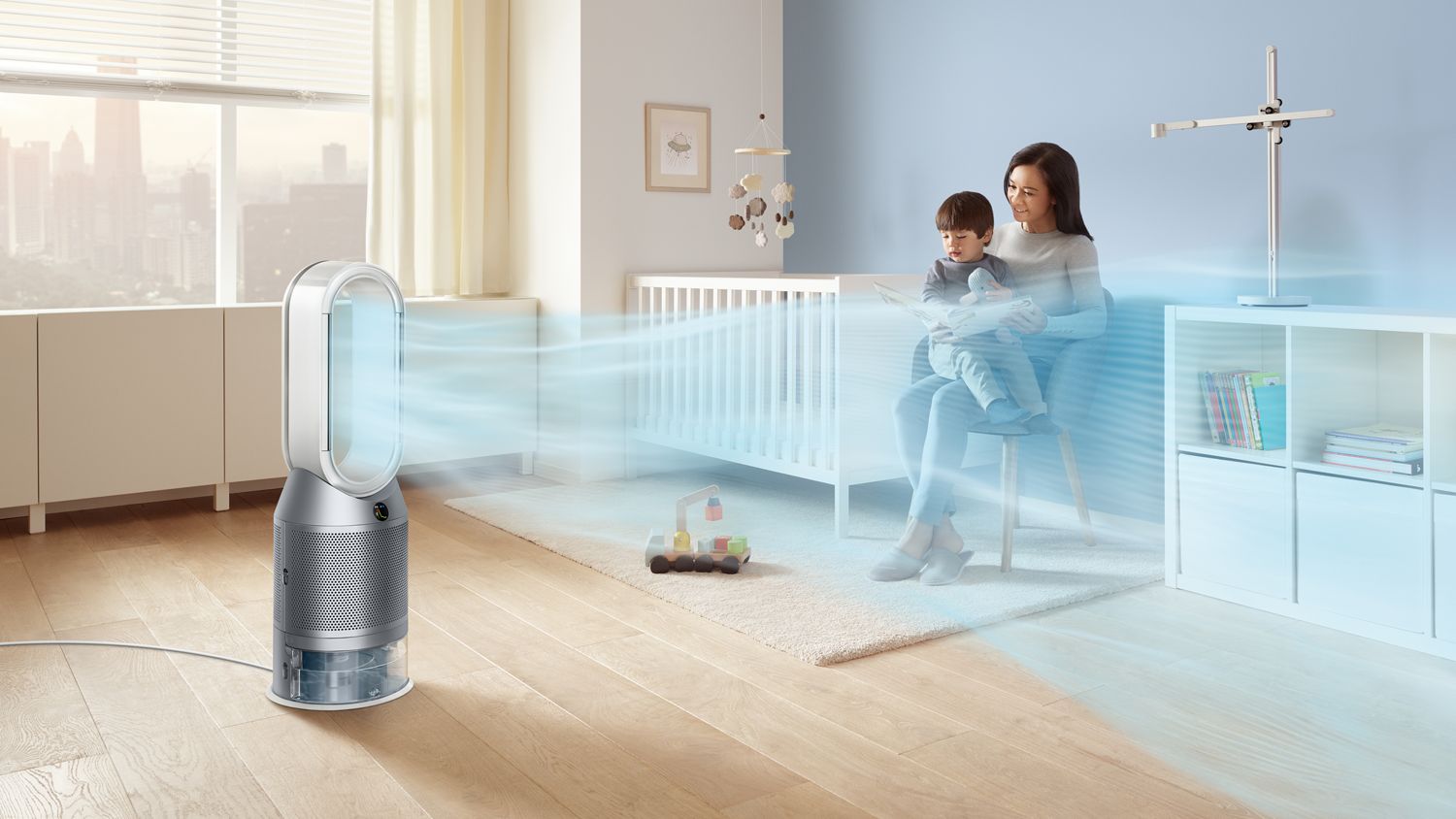
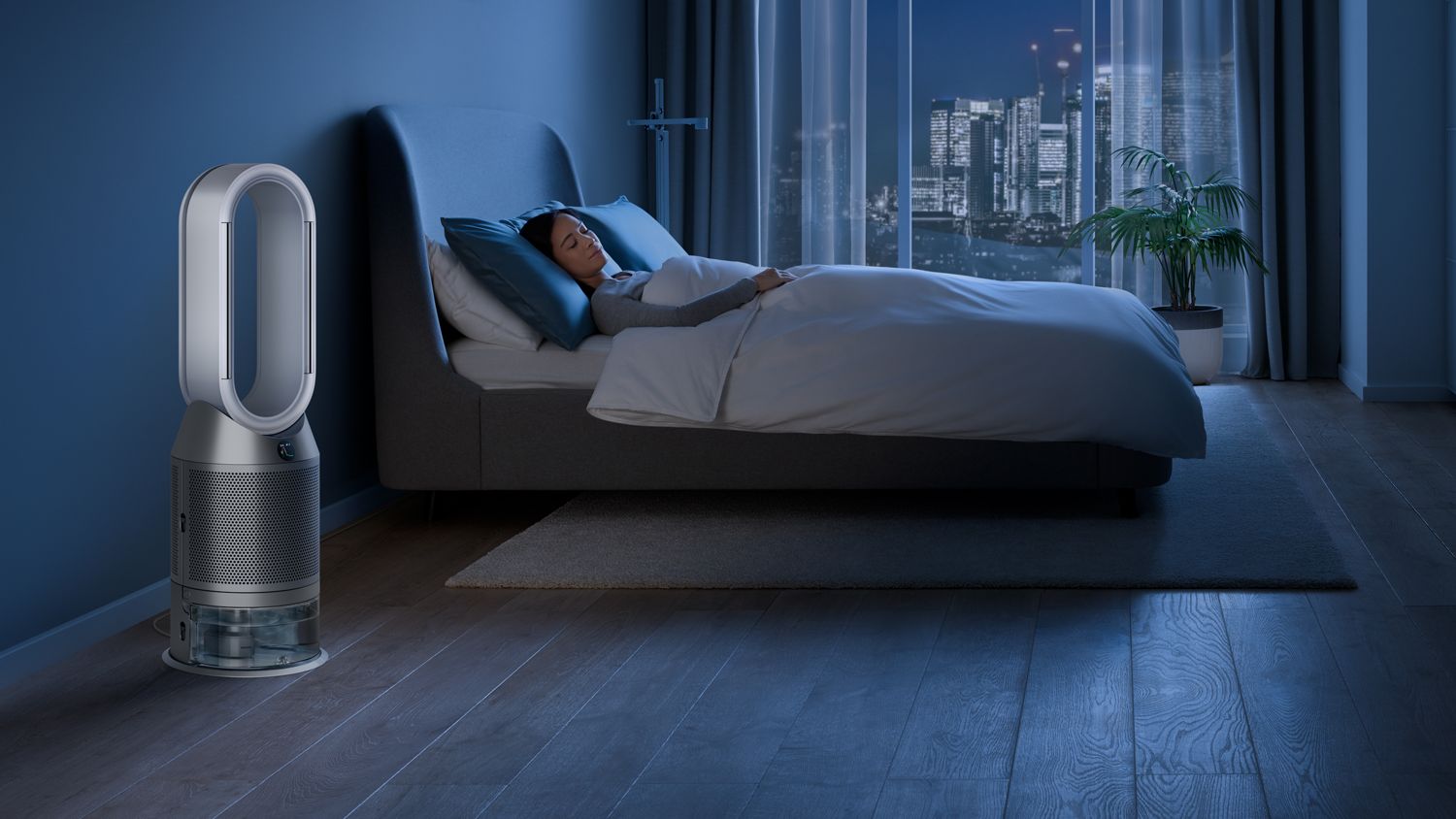
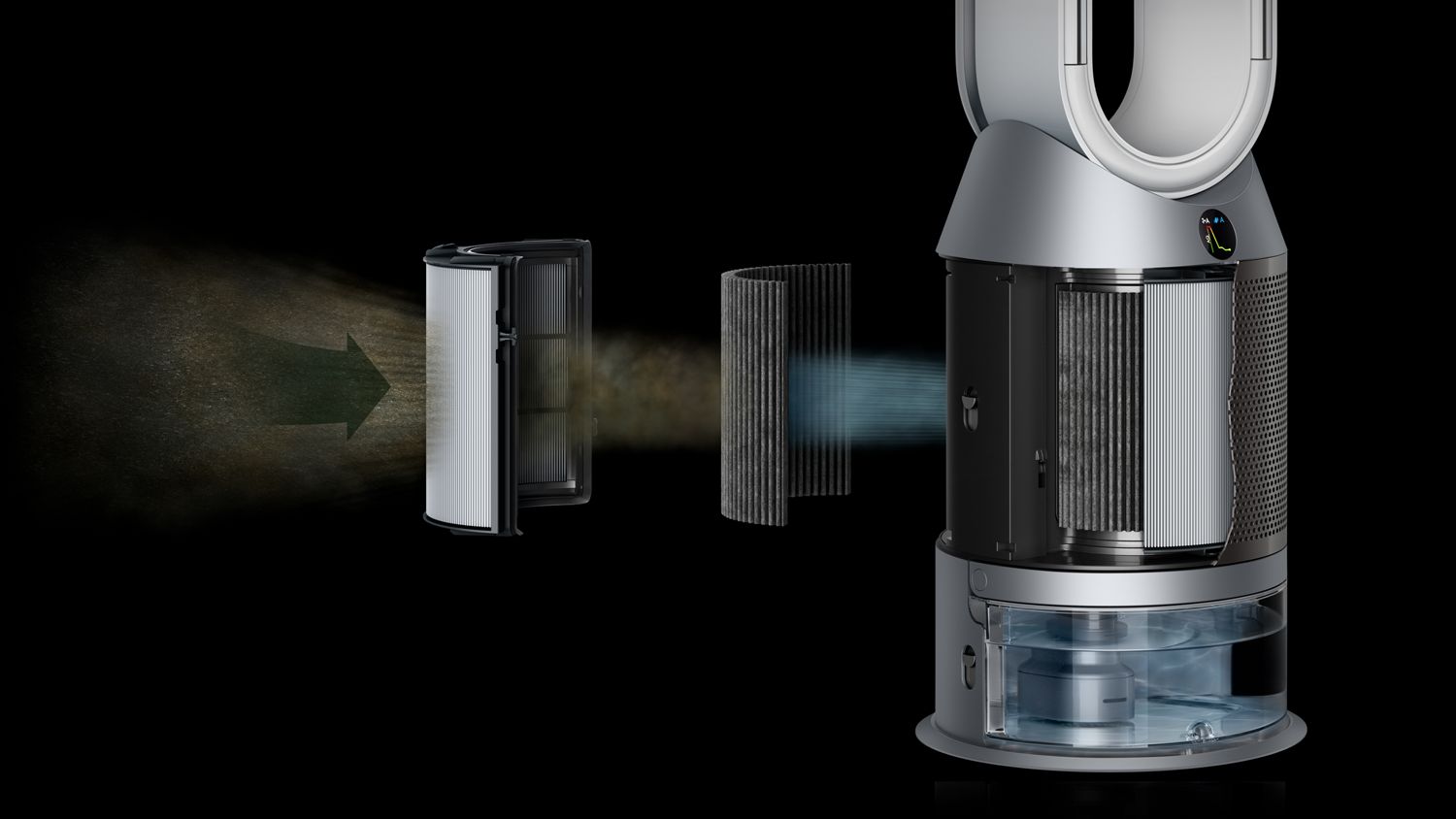
/PH3A_variant-spec-WHSILNK.jpg?$responsive$&fmt=png-alpha)
